Firefighter PPE – What’s Our Weakest Link?
We are only as strong as our weakest link.
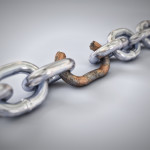 It is important to know what the weakest link in the chain is. We are only as strong as our weakest link. When is comes to today’s firefighting personal protective gear including SCBA, according to research done by NIST ( National Institute of Standards and Technology), the face piece will fail first.
It is important to know what the weakest link in the chain is. We are only as strong as our weakest link. When is comes to today’s firefighting personal protective gear including SCBA, according to research done by NIST ( National Institute of Standards and Technology), the face piece will fail first.
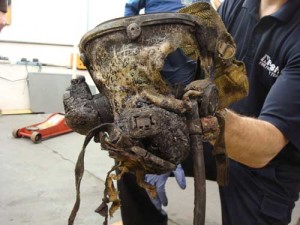
This is a face piece from an LODD where the face piece failed and the firefighter died from exposure to products of combustion – Photo Courtesy of NIOSH
What does this mean?
Well, if I had a choice, I would prefer my face piece to fail last. Don’t you?
The reason being is that I want to protect my lungs, eyes, nose, mouth and life the most. I can much more easily recover from burned ears or legs then I can from having a face piece melt and having to breath in toxic gases at extremely high temperatures. When our face piece fails, it is virtually impossible to survive. Don’t you agree?
So we need to realize that the weakest link to our personal protective gear is also our most important.
The glass transition(softening) temperature of Polycarbonate, as reported in the literature used in the NIST study, is between 293ºF(145ºC) and 302ºF (150ºC). The melting temperatures ranged depending on the type of polycarbonate between 419ºF-640ºF(215ºC-338ºC)
How can we protect ourself?
Well, one thing that I do is to have a hood that will feel the heat at a lower temperature than the failure point of my face piece. This way my ears and neck start to burn from the heat telling me that its too hot and to get lower and get out. It’s like a safety warning device. I’d rather have to deal with burned ears then burnt lungs. Also, I can speak from experience that when the ears start burning, we seem to hustle out a lot faster. We stop thinking, “maybe I have another minute or 3”, and we start moving with purpose to get done and get out.
If our whole body is protected to 800 degrees Fahrenheit but our face piece is going to melt at 500 degrees Farhenheit, to what degree are we really protected?
Remember, we are only as strong as our weakest link.
Currently, according to testing and research, the weakest link is our face piece.
Think about this for a moment. Your in an apartment fire doing a search and the conditions are tough; smoke banked down low and getting worse and you see your face piece start to have small bubbles on it. As you start to put your gloved hand on it( or not) it starts to open a small hole the size of a dime in your face piece Polycarbonate. As you now try to limit or stop the super heated toxic gases from entering your face piece by covering it with your gloved hand, your hand by touching the face piece Polycarbonate becomes glue or jelly like material. Now your face piece is now compromised. Is it game over?
Be smart, know the limits of your gear and what the weakest link is. Know when to get out. Have a hood that has a lower rating so you can feel the heat on your ears and neck before your face piece starts to bubble, soften or melts.
For NIST Face Piece Report click here
Be Safe. Be Ready.
Let me know your thoughts. Do you agree? Disagree?

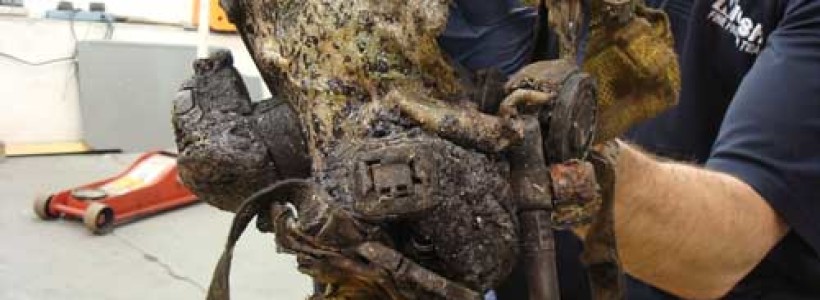
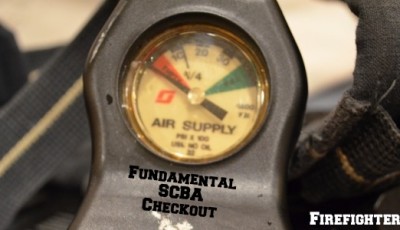
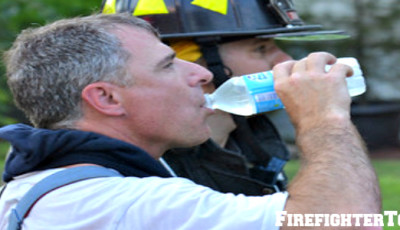
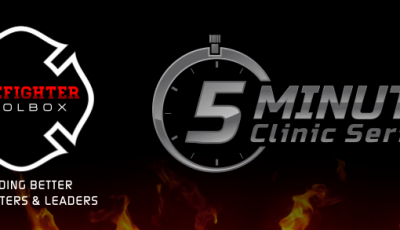




I agree. In any situation you need to know where your weakness is. Every good officer should know the limitations of their crew both as a whole and individually. Likewise, each crewmember should know the limitations of themselves and their equipment. Since the studies have shown that the face piece is the first to fail in an IDLH atmosphere why aren’t we as firefighters demanding alternative measures from SCBA manufacturers? Perhaps, double lined face pieces or an alert when temperatures rise above the manufacturers recommendation.
Hi David. Interesting piece. I’m a career firefighter of sixteen years and have worked both in the United Kingdom and here in the USA. We as firefighters seem to embrace gear that allows us to operate in higher and higher temperatures and yes this does offer somewhat increased protection if caught in a flashover but the potential for death and injury is hugely increased if something should go wrong. To your point though I don’t think we should be exposing ourselves to higher temperatures – which are unsurvivable without our protective equipment – as a matter of course. Yes a technological solution may give us due warning and may be part of the solution, but if this alarm went off you’d be in the danger zone already. Another solution maybe to adopt some of the techniques from Europe and the rest of the world, namely 3 dimensional fire gas cooling. These techniques if used properly and practiced regularly can cool the environment of a compartment fire to a manageable temperature while reducing the risk of flashover and specifically face piece failure. I know and have experienced a lot of resistance here as far as putting ‘water in the smoke’ but these techniques work and if done properly do not interfere with thermal layering or give Firefightrrs steam burns. The recent studies by NIST and UL with respect to cooling compartment fires from the exterior first before an interior attack (softening the target) compliment the research and practices of 3D fire gas cooling. Hopefully this is the beginning of a culture change in this country which will allow us to work in environments that are cooler and nowhere near as dangerous.
Our weakest link? We are! We are our own weakest link. Lack of training and lack of discipline. Not recognizing poor conditions, lack of disciplined training to recognize and mitigate or avoid life consuming conditions or the discipline to bail when that is all you have left.
Julian, we gas cool in Australia and it is definitely an effective means of cooling the environment we are operating in and reducing the likelihood of flashover. I have always wondered why all countries have not adopted this technique. Is there a particular reason?
Was this test conducted on face pieces in a static environment, or actually attached to a face and flowing air? The reason I ask, is that if the face piece is being cooled from inside by the cooler air (98.6°F) that is being breathed into the face piece by a user, then the likelihood is that the face piece will withstand a higher temperature than it will melt at when it is being heated equally on the inside and outside. As an example, in fire conditions at most fires, we find ourselves constantly wiping condensation from the lens of our face piece. This is caused by the face piece lens being cooled by the air inside. Since it involves taking the equipment to the point of catastrophic failure, it’s difficult to perform this particular test with a human wearing it and breathing in it.
As side note, where I work, we use MSA SCBA’s, and the integrated control module (ICM) contains a heat sensor and warning indicator. Read the manual that comes with yours and know the temps that will alarm it and be aware when your mask makes a noise you haven’t heard before, it is probably the high heat indicator, letting you know it is time to think about getting out.
GB
Heavy Rescue 14
They should make turnout reflective trim from materials that have lower melting temperatures than the face pice. This would give you and your partner visual warning of worsening conditions.
i would rather have burned ears, than burned lungs. As opposed to what you said, which was burnt ears, then burned lungs. If your ears are burning already, why would you want your lungs burned after that?
Hi Matt-
It seems we are in agreement. I would rather my ears start feeling the heat which would tell me to get out of the area or cool the area down if possible. With this scenario, the worst case is it takes me awhile to get out of the area and my ears burn vs breathing in the products of combustion and extreme heat which is deadly if my face piece is permeable or fails first and does not provide a warning sign.
Nonetheless, with the newer technology, some face pieces/SCBA units will have temp sensors on them or will have in the future which will greatly assist us in knowing the temperature of the environment we are in.
Keep up the good work.
Great points. Unfortunately, most fire service personnel do not have the latest technology as you do, but it’s great to know that we are getting there and obviously those sensors are very helpful and vital as well as proper knowledge and training of our gear, fire behavior and tactics, self rescue, etc.
The reference information I used was from the NIST Report.
Thanks for sharing!
HI Julian-
Thanks for sharing. You make good points.
About the alarm, hopefully it would be set to go off as a warning of elevated temps and not to tell you its too late. I do believe and have research as well as interviewed subject matter experts on modern fire behavior and softening the target etc. So we are on the same page. This article was more for us to think about our limitations of our gear and knowing the different failing points of such.
Keep up the good work!
Hello Julian,
The biggest reason I think we havent adopted hitting it from the yard in the States is tradition. The “thats not the way we’ve always done it, so we’re not gonna do it that way” attitude. Which I can respect, to a degree about some things. Then again, we’ve stopped riding the tailboard because of the danger it posed. I agree that we should soften the tagret now, with the decreasing numbers of fires we’re seeing, we can’ gain experience quickly like in years passed. Here’s hoping that it’ll become common practice in the near future. Stay safe brothers and sisters.